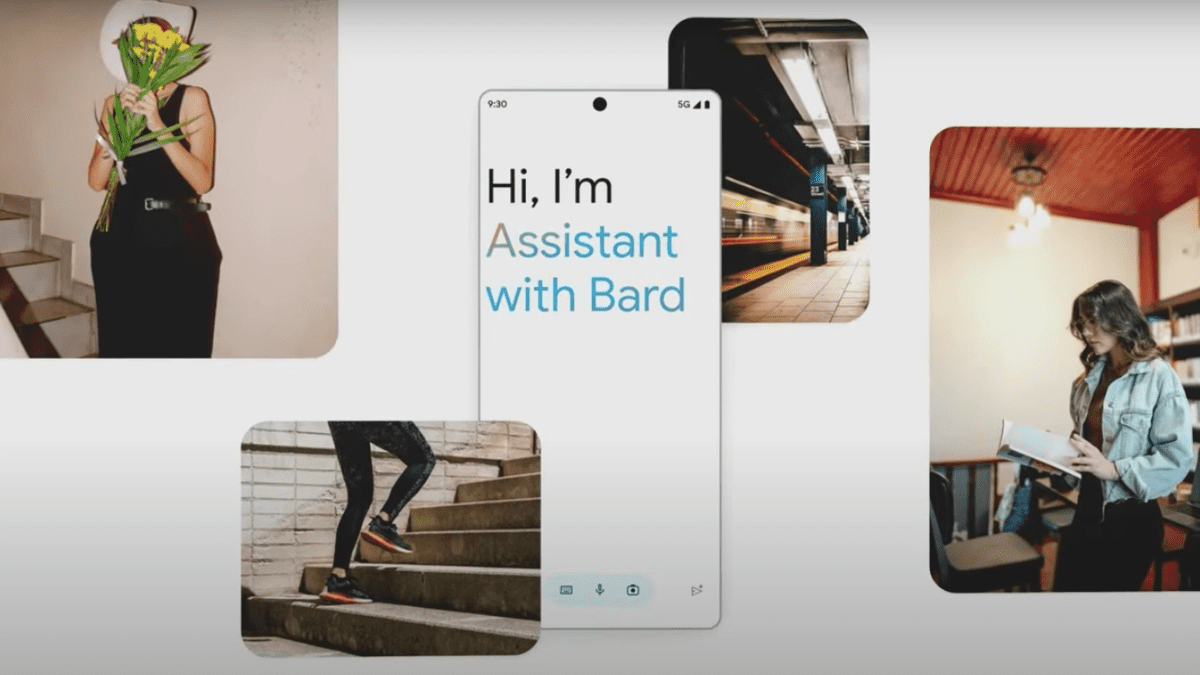Pixel 8 and Pixel 8 Pro: New Camera Upgrades in 2023
The Pixel 8 and Pixel 8 Pro have a bunch of new camera-related upgrades to talk about, starting with improved main cameras on both models to better ultra-wide and telephoto snappers on the Pro version, and four cool new camera features. So, let’s dive into the details and see why the Pixel 8 and Pixel 8 Pro might prove to be some of the best camera phones in 2023!
Pixel 8 Camera Specs Summarized
| Camera | Pixel 8 | Pixel 8 Pro |
|---|---|---|
| Main (wide) | 50MP | 50MP |
| Ultra-wide | 12MP with autofocus | 48MP with autofocus |
| Telephoto | N/A | 48MP |
| Front camera | 10.5MP | 10.5MP |
Both the Pixel 8 and 8 Pro come with an improved main camera compared to the previous Pixel 7 versions, although it can be a bit hard to tell because the resolution is the same as before at 50MP. What you can spot as a change, however, is the wider aperture on both new models, which means the camera can capture 21% more light than on the Pixel 7 series.
Rumors and speculations claimed the Pixel 8 are getting a larger camera sensor (the Samsung GN2 as per rumors), but that is not the case and the sensor size has remained the same on the Pixel 8 series. We still don’t know if they use the exact same Samsung GN1 sensor as the previous generation, but it’s likely. The ultra-wide camera also gets a big boost with a new 48MP resolution sensor. And just like the rest of the rear camera system, the aperture has opened up and is now f/1.95, compared to f/2.2 on the predecessor.
Suffice to say, we expect the Pixel 8 and 8 Pro to perform significantly better than last year’s models when it comes to night and low-light shooting in particular. We also have new selfie cameras on both Pixel 8 phones, which Google says take sharper pictures than before.
Pixel 8 Series Camera Upgrades
The main camera on the Pixel 8 series still features a 50MP resolution, but Google has managed to muster up better picture quality thanks to a number of improvements, including a faster aperture and software tweaks. And this year you can actually take pictures in the full 50MP resolution for more detailed shots (the Pixel 7 last year was limited to 12MP snaps only). Google also says that you can even take 50MP snaps in the dark and you will still get better detail, however, at the expense of some noise in the picture.
But while photos do look better on the Pixel 8 series, the big highlight is the new Video Boost technology. Sadly, it’s not available at launch, but is not too far off – it’s coming in December. And it could be a game-changer for smartphone video! What Video Boost does is it makes use of a new camera sensor technology called dual conversion gain that improves the noise and dynamic range. Google refers to it as “dual exposure”, but it’s not conventional HDR since it does not blend multiple shots. After you capture a video with this new sensor, with the Video Boost feature enabled, that recording goes to Google’s powerful data centers where it is further processed. That process can take a couple of hours and while you wait for the video to finish you can only see a lower-resolution preview on your phone, but Google thinks this waiting time is worth it because the videos that you get receive a very impressive overhaul.
Improved ultra-wide and telephoto cameras on the Pixel 8 Pro. We have already said the Pixel 8 Pro specifically has a brand new 48MP sensor for the ultrawide camera. This allows for two things: at the default 12MP resolution, four pixels are combined into one for improved low light performance, while during the day you can capture full 48MP resolution files with a lot more detail. The Pixel 8 Pro uses the same 48-megapixel sensor for the 5X telephoto camera as on the previous generation, but with a faster f/2.8 aperture that allows you to capture 56% more light.
The selfie cameras on the Pixel 8 and 8 Pro are also improved. They come with the same 10.5MP resolution as before, but Google claims detail and sharpness have improved thanks to other changes it has made.
New Software Features
There are four new software features on the Pixel 8 series, so let’s first summarize them:
- Best Take — for group photos, create a blended image out of multiple photos picking the best expression for each person, so that you don’t have to retake a picture because someone blinked.
- Magic Editor — new feature still in its early stages which allows you to resize or reposition an object in a picture easily.
- Audio Magic Eraser — reduces distracting sounds in your videos.
- Zoom Enhance — when you pinch in to zoom in a photo, it intelligently sharpen and enhance details using generative AI.
Best Take, Magic Editor, and Audio Magic Eraser will come to both Pixel 8 and Pixel 8 Pro on October 12th, while Zoom Enhance will only be available on the Pixel 8 Pro.
Pro Controls*
Users can now (finally!) use the full might of the Pixel 8 Pro’s camera system via the new “Pro” controls. And yes, this means you get to control things like shutter speed and ISO, but most importantly, you can choose to take images in the full resolution of the camera! Previously, you were limited to only taking 12MP shots on last year’s Pixel 7 family, and now you can get a 50MP or a 48MP resolution picture which has a lot more detail. For some unknown reason, however, the Pro camera mode is not available on the regular Pixel 8 model.
Magic Eraser on Steroids
One of the most exciting new camera features is the massively capable Magic Editor function, which users can utilize to do amazing things with their photos after they’ve taken them! For starters, you can move an object or person in a completely different place of the image, which basically means manipulating its composition. You can also replace a sky or remove objects or people entirely with the phone’s AI smarts filling in the gaps left behind. In fact, you can now remove individual items of clothing like a bag or a scarf from a person, making it look like it was never there! The familiar Magic Eraser feature also gets brand new functions as it works for audio now. With it, you can get rid of unwanted sounds in a video, which is quite useful.










